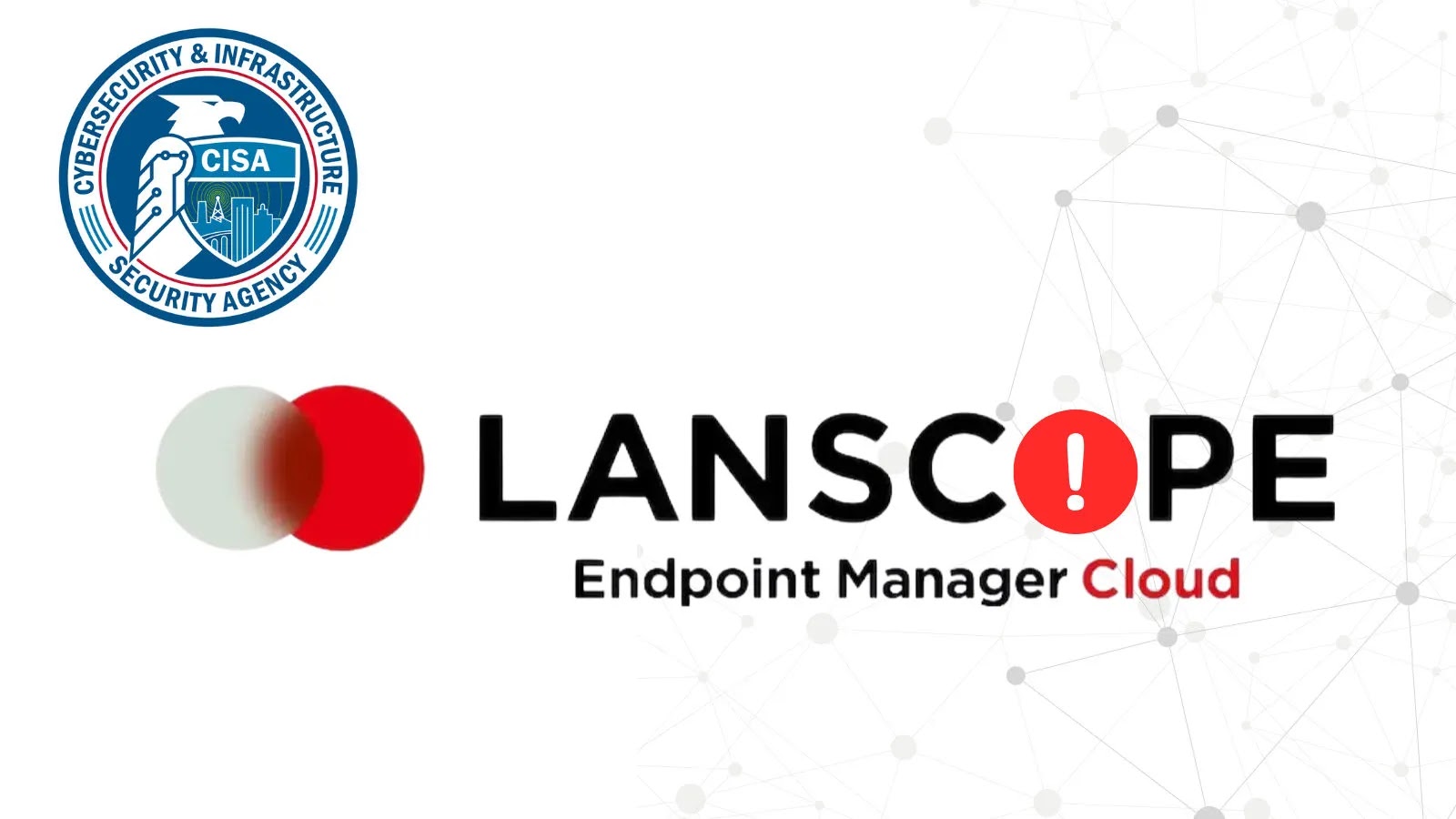In a groundbreaking advancement in cybersecurity, Google’s artificial intelligence (AI) agent, Big Sleep, has successfully identified and neutralized a critical vulnerability in the widely used SQLite database engine before it could be exploited by malicious actors. This achievement marks a significant milestone in the proactive use of AI for cybersecurity defense.
Discovery of CVE-2025-6965
The vulnerability, designated as CVE-2025-6965, is a memory corruption flaw affecting all versions of SQLite prior to 3.50.2. This flaw could potentially allow attackers to inject arbitrary SQL statements into an application, leading to an integer overflow and subsequent unauthorized access or data corruption. The SQLite project maintainers have acknowledged the severity of this issue and have released an advisory detailing the vulnerability and recommending immediate updates to the latest version to mitigate potential risks.
Role of Big Sleep in Vulnerability Detection
Big Sleep, developed through a collaboration between Google DeepMind and Google Project Zero, is an AI agent designed to autonomously search for and identify unknown security vulnerabilities in software. Since its inception, Big Sleep has demonstrated remarkable capabilities in detecting complex security flaws that might evade traditional detection methods. In this instance, Big Sleep’s advanced algorithms and machine learning models enabled it to uncover CVE-2025-6965, a vulnerability that was previously known only to threat actors and was at imminent risk of exploitation.
Proactive Cybersecurity Measures
The discovery of this vulnerability underscores the potential of AI-driven approaches in transforming cybersecurity from a reactive to a proactive discipline. By identifying and addressing vulnerabilities before they can be exploited, AI agents like Big Sleep can significantly reduce the window of opportunity for cyber attackers, thereby enhancing the overall security posture of software systems.
Google’s Commitment to AI-Driven Security
In response to this development, Google has emphasized its commitment to leveraging AI for cybersecurity. The company has published a white paper outlining its approach to building secure AI agents. This approach includes implementing well-defined human oversight, limiting agent capabilities to prevent potential rogue actions, and ensuring transparency in agent operations. By adopting a hybrid defense-in-depth strategy that combines traditional security controls with dynamic, AI-based defenses, Google aims to create robust boundaries around AI agents’ operational environments, thereby mitigating risks associated with potential misalignments or manipulations.
Implications for the Future of Cybersecurity
The successful intervention by Big Sleep represents a paradigm shift in cybersecurity practices. Traditional methods often involve responding to threats after they have been identified, which can result in significant damage and data loss. In contrast, AI-driven approaches like that of Big Sleep enable the identification and mitigation of vulnerabilities before they can be exploited, thereby preventing potential attacks and enhancing the resilience of digital infrastructures.
Furthermore, the deployment of AI agents in cybersecurity can alleviate the burden on human security teams by automating the detection and analysis of vulnerabilities. This allows human experts to focus on more complex and strategic aspects of cybersecurity, thereby improving overall efficiency and effectiveness.
Conclusion
Google’s Big Sleep has set a precedent in the field of cybersecurity by proactively identifying and neutralizing a critical vulnerability before it could be exploited. This achievement highlights the transformative potential of AI in enhancing cybersecurity measures and underscores the importance of continued investment in AI-driven security solutions. As cyber threats continue to evolve in complexity and sophistication, the integration of AI agents like Big Sleep into cybersecurity frameworks will be crucial in safeguarding digital assets and maintaining trust in digital systems.



